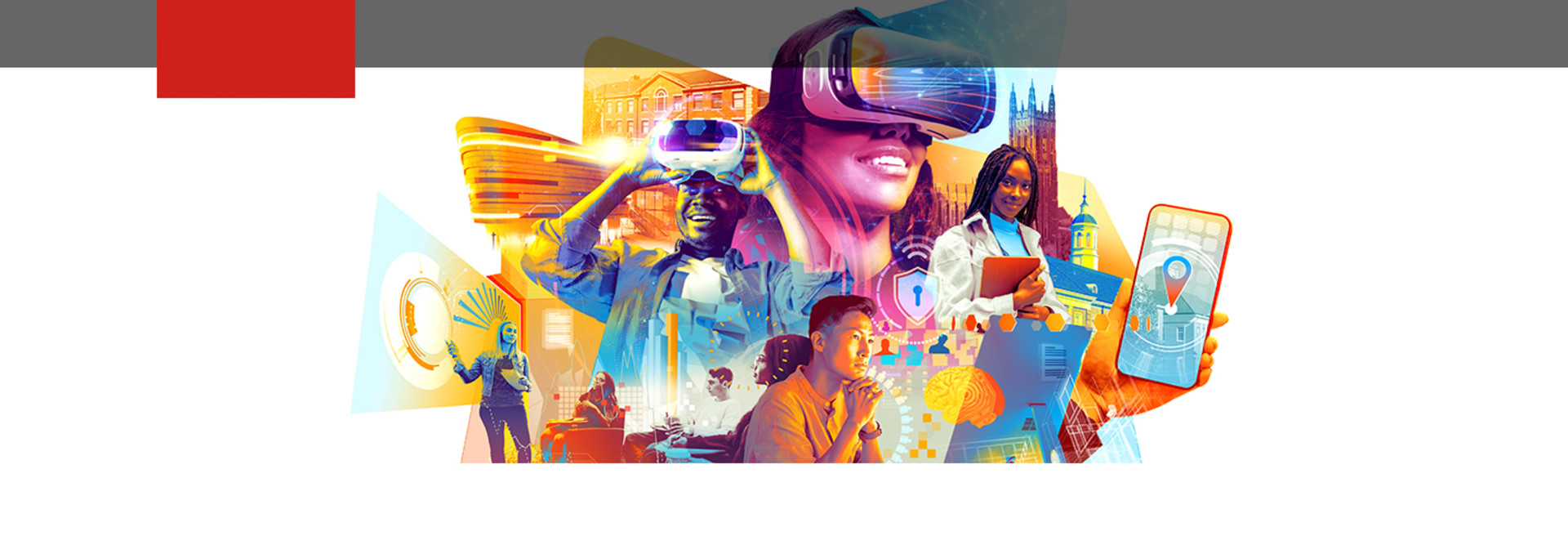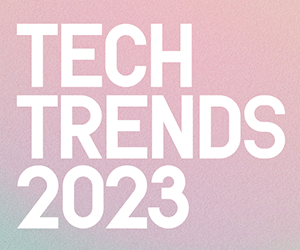EDTECH: What are the main trends you’re seeing in classroom technology?
SEIDL: We’re evaluating which solutions and changes need to stay, which ones need further investment, and which ones will be dropped. I think this will be a slower process, as we made major investments quickly when dealing with the pandemic, and now we need to move that incident-response style effort toward a sustainable strategy.
That means the trend from my perspective is toward maturing hybrid classrooms and better understanding which classes and which spaces need to have which set of capabilities.
Finally, we’re continuing to see the videoconferencing and other vendors build more capabilities into their tools to support education and classes. We’re keeping an eye on that to see what comes out and what makes sense to adopt.
KOAN: Like everybody, we need to expand video capabilities, and we’re building that out in our classrooms, especially in support of hybrid learning scenarios.
There are a number of factors to consider when building this capability in our classrooms. Does the instructor have a monitor at the back of the room so he or she can see remote students in addition to the students who are face-to-face? How do they see the students who aren’t physically there, and how do those students participate with the other students in the class? Learning isn’t just about the instructor and the students, it’s also about the students and their peers.
LEVINE: The pandemic made tools and methodologies once reserved for distance and online education part of daily life. While triage devices like portable Zoom carts helped us survive 2020, we are now rapidly working to expand those capabilities.
It’s not enough to simply provide remote and hybrid learning; there is renewed focus on the quality of the learning experience, particularly when it comes to audiovisual clarity into and out of classrooms, and room designs that promote student engagement equally for remote and in-person participants.
Globalization, active learning, flipped-classroom approaches, team and project-based activities — and now remote/hybrid learning — can all benefit from better room design, flexibility, modern hardware, and ever-improving collaboration and conferencing platforms.
KRAUS: NCCU has embraced a “classroom of the future” model for several years, building out classroom standards that allowed for a variety of learning activities. Initially this was to allow faculty to bring remote speakers into the classroom and to enhance in-person teaching and learning experiences.
COVID, of course, changed that. We were able to utilize CARES Act funding and invest in converting or augmenting more classrooms to allow for hybrid and HyFlex learning. Faculty are excited about the options and opportunities that come with the new technology.
In general, faculty find the technology accessible, and it is becoming more seamless for them to use. The focus has shifted some, away from the tech and toward the redesign of courses with pedagogy that supports this new HyFlex teaching and learning environment.
Click the banner below to learn more about our exclusive Insider program.













